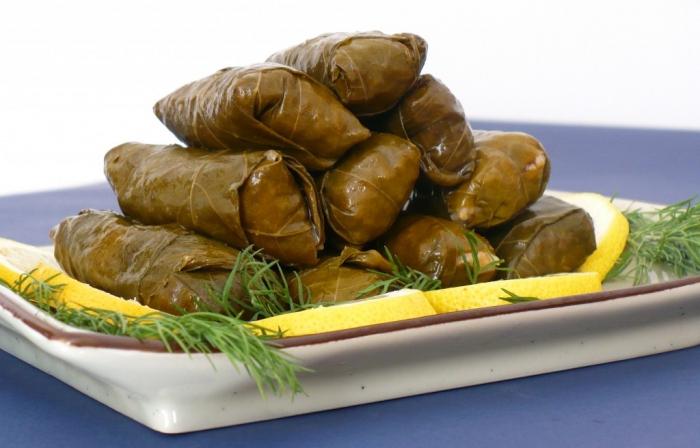Chlorosis of leaves: description, photo, methods of struggle

Chlorosis of leaves can be infectious (it is possible to infect other plants) and non-infectious (arising from the violation of agricultural technology). Consider chlorosis in more detail.

For the beginning - chlorosis of leaves (photos of infected plants), where, as an example, grape bushes:
Infectious chlorosis leaves of grapes
Gardeners call it "spotted leaves" and"yellow mosaic". Refers to viral diseases of infectious degeneration. For the vine, the disease presents a very serious danger (leaf twisting, viral short-stemming, death of the plant). The bushes exposed to viral chlorosis become yellow-lemon. Leaves of leaves, unlike ordinary chlorosis, discolor. With short knots, the size of the internodes decreases significantly, the leaves shrink, the formation of the stepsons significantly increases. When mosaic leaves of grapes, discolored with veins, wrinkled and wrapped (twisted).

Control measures, prevention
The infected plant is immediately uprooted,the soil is etched with dichloroethane (bottoms). To prevent the emergence and spread of chlorosis, a careful selection of planting material (a vine, which is planned to be planted in the future, is harvested from bushes completely healthy and strong). To bookmark vineyards, select areas that are free from nematodes, which are the main vectors of the virus. Sites that previously recorded cases of outbreak of virus-like diseases are recommended to be sown with cereal (up to six consecutive years) by which nematodes do not feed.
Common chlorosis (non-infectious)
Somewhat different from infectious. There is also yellowing of the leaves, but veins remain green. At the same time, the overall growth of the plant is markedly inhibited, while at the same time there are quite abundant growths (mainly - the lower parts of the bush). The reason for the appearance of non-infectious chlorosis lies in the disturbed metabolism of the plant, associated with excessive moisture, large amounts of lime, alkaline earth reaction, but more often with a lack of iron.

Control measures, prevention
When the lime is overabundant, sulfuric acid is addedammonium (3 kg under a bush of grapes). Vaccinations are recommended on rootstocks resistant to calcareous soil (the most recommended itself is 41-B Chasla in Berlandieri). With an excess of moisture can be fought through a deep digging (more quickly evaporates excess water). If in your area the amount of precipitation is high, initially pay attention to varieties that are resistant to chlorosis.
Additionally it is recommended:
- autumn application of vitriol to the soil (directly under the bush, 500 grams);
- sprinkling with vitriol (0.5%) in the spring, during the growing season (instead of vitriol, iron chelate can be used, which is even better);
- the introduction of complex feeding (micro-, macro-) with the content of manganese, iron, zinc.
</ p>




